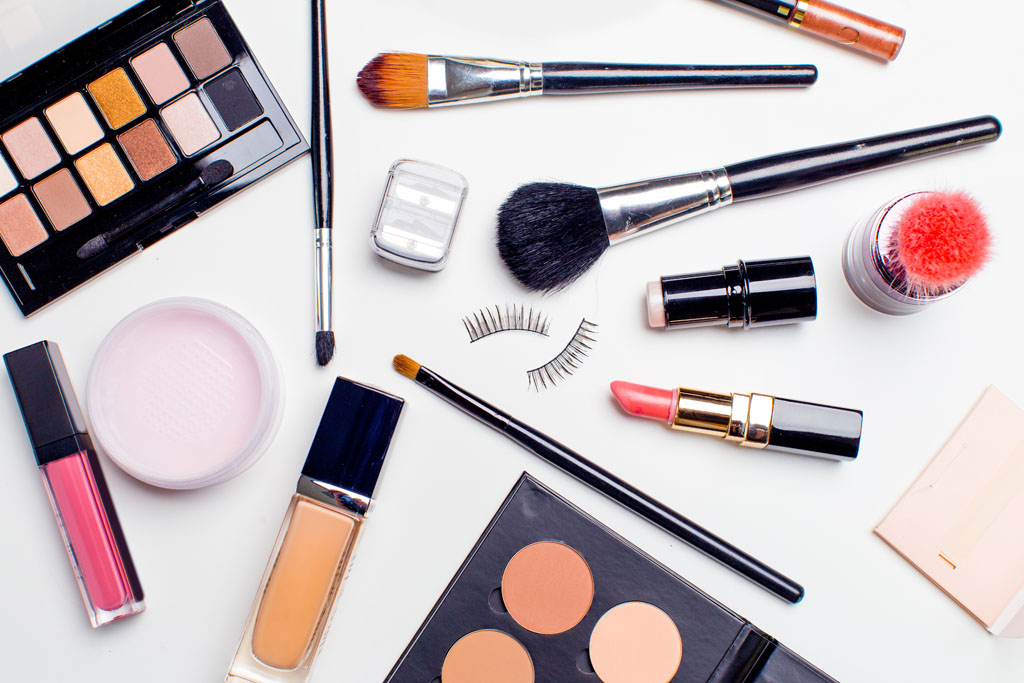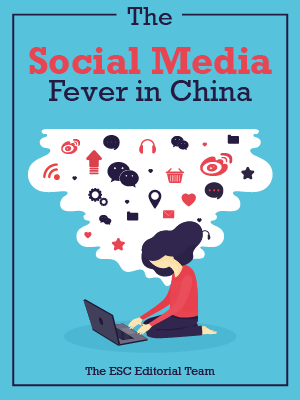Ecommercestrategychina.com uses cookies and other technologies to provide you a better browsing experience. You can get more information regarding the use of cookies, or decline it whenever by clicking Privacy Policy. By using this site or clicking “Okay”, you give us the consent to the use of cookies.
OKAY
The Chinese cosmetics companies Proya and Jahwa reported net profit growth of 38.6% and 32.43% in 2018, respectively. In contrast, Amore Pacific and Innisfree, both popular Korean brands in China, had a decline in sales of 15.9% and 7%, respectively. While Korean beauty brands are the “trendsetters” in the Chinese beauty scene, local cosmetic brands are also rapidly attracting mass customers. Data from an e-commerce platform shows that some have made 1.3–1.4 billion RMB during the last 12 months, catching up with well-known international names that have been reported to have sales of 1.7–1.8 billion RMB.
The driving force for growth: e-commerce platforms and diversified marketing
There are several reasons for the rapid rise. The first are sustained innovations and explorations. With the emphasis on naturalness, local brands integrate the elements of traditional medicine and regimen into skin care products and also optimise packaging to suit the tastes of the younger generation. Another critical factor is the e-commerce presence and the flexible marketing tactics. By 2018, more than 23% of beauty products transactions in China were online, more than in the rest of the world. Online channels are a crucial traffic pivot for all beauty/cosmetic brands to tap into the large pool of potential customers. Apart from sponsoring traditional advertising on TV programmes, they diversify and innovate their promotional campaigns to increase brand awareness, such as the bold collaboration between Six Great Gods, a Jahwa brand that mostly sells toilet water, and RIO which produces toilet-water flavour cocktails.
Changes in consumer behaviour
In addition to brand positioning, channel expansion and marketing initiatives, changes in consumer behaviour also drive the success of domestic players. More and more consumers have given up the blind pursuit of imports and would like to give local brands a try, especially the consumers who were born in the 90s and who value tailor-made products and experiences that convey their personal tastes rather than the purpose to show off.
For local brands, however, it will be difficult to crack the high-range market. Particularly the fight against Korean and Western competitors, which have advantages in branding, research & development, will be tough. Most local-branded cosmetics cost between 80 RMB and 220 RMB, compared to deals from foreign brands with prices ranging from 180 RMB to 630 RMB. The penetration of global brands in the Chinese market for colour cosmetic is 95%. To lead the game, more investment in development, innovation and human resources must be made.
The opportunity to increase the reputation as well as the capacity is not sufficiently used. So you are ready to go to China and start your business there? After looking at the most popular cross-border e-commerce apps to reach Chinese consumers, here are some additional tips to keep in mind.
* Alibaba's founder - Jack Ma's biography stories
• Choosing the right distribution channels for your brand
You may have heard of Tmall, Taobao, JD and WeChat, but it is better to focus on the ones that work best. For cosmetic brands, Xiaohongshu, Taobao and WeChat may lead to a higher conversion rate than JD.
• Be active on social media platforms
Making sales in China is closely linked to social media marketing. It is an important step in spreading your brand values and communicate your messages to your target. In addition to price and quality, this is a factor consumers are increasingly concerned about.
In short, both domestic and international brands focused on either the makeup or skincare industry, should use the digital landscape to penetrate the online environment through a combination of strong social media presence, e-commerce platforms, as well as the emerging Chinese reviewing and shopping platforms.
Please Login to add comments.

$9.99 $19.98

$9.99 $19.98
By pHqghUme December 7th, 2023
555
By pHqghUme December 7th, 2023
555
By pHqghUme December 7th, 2023
555
By pHqghUme December 7th, 2023
3Xrm9bgD
By pHqghUme December 7th, 2023
-1 OR 2+526-526-1=0+0+0+1 --
By pHqghUme December 7th, 2023
-1 OR 2+640-640-1=0+0+0+1
By pHqghUme December 7th, 2023
-1' OR 2+536-536-1=0+0+0+1 --
By pHqghUme December 7th, 2023
-1' OR 2+870-870-1=0+0+0+1 or '1kEqS8My'='
By pHqghUme December 7th, 2023
-1" OR 2+893-893-1=0+0+0+1 --
By pHqghUme December 7th, 2023
if(now()=sysdate(),sleep(15),0)